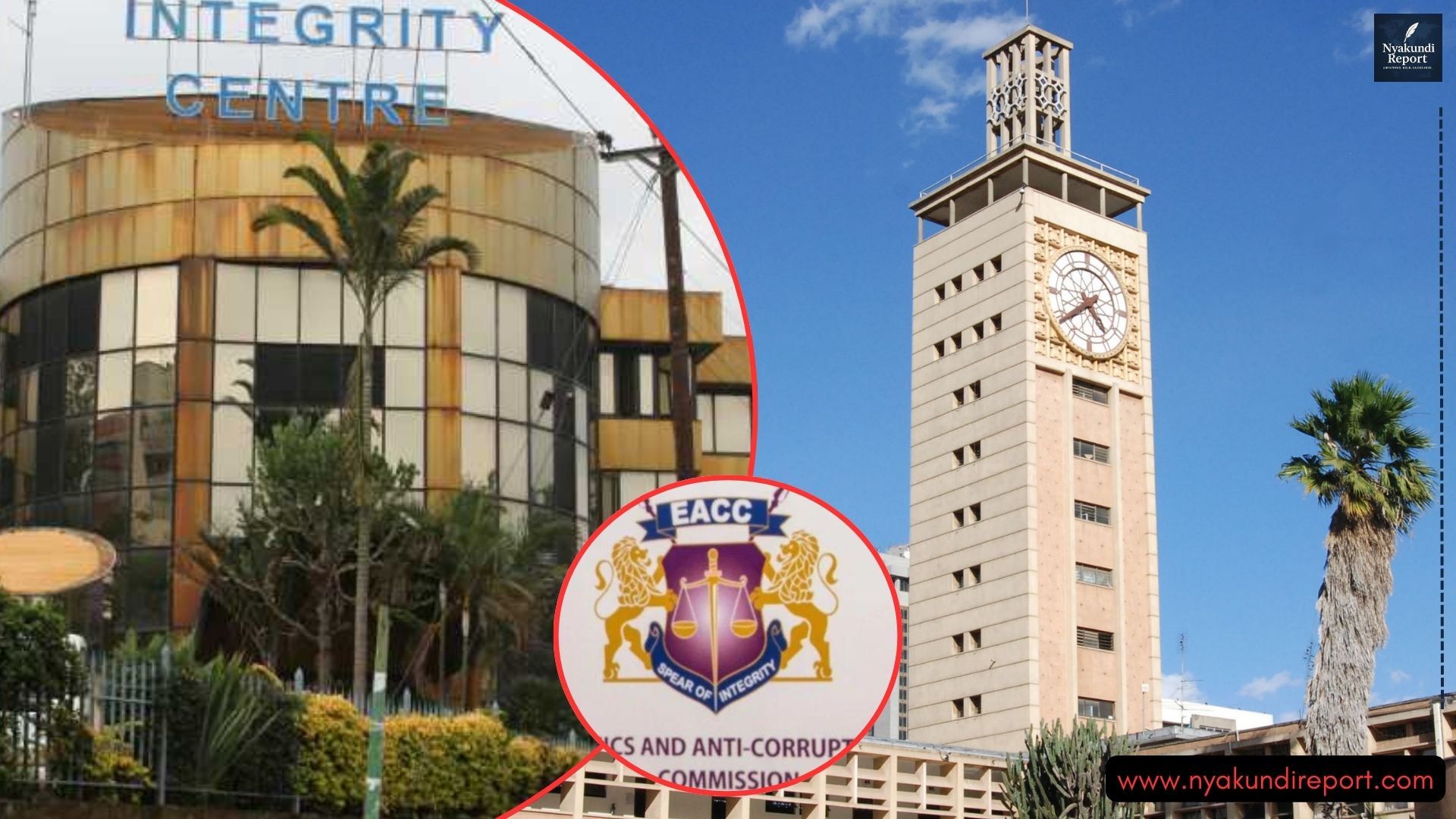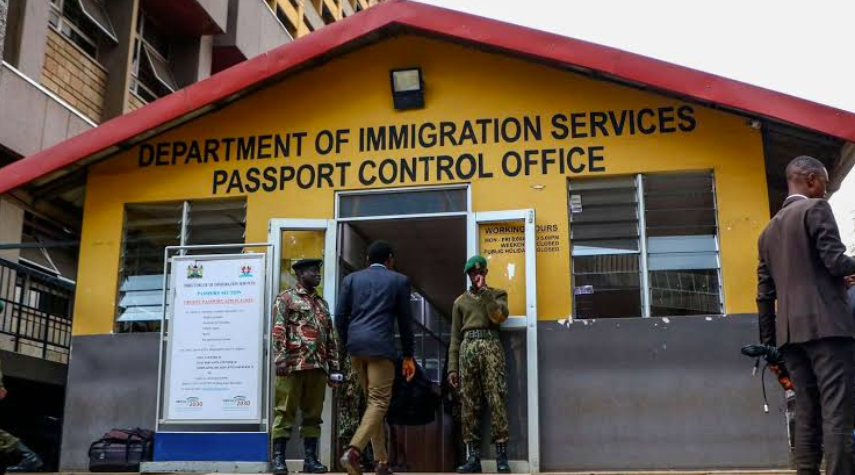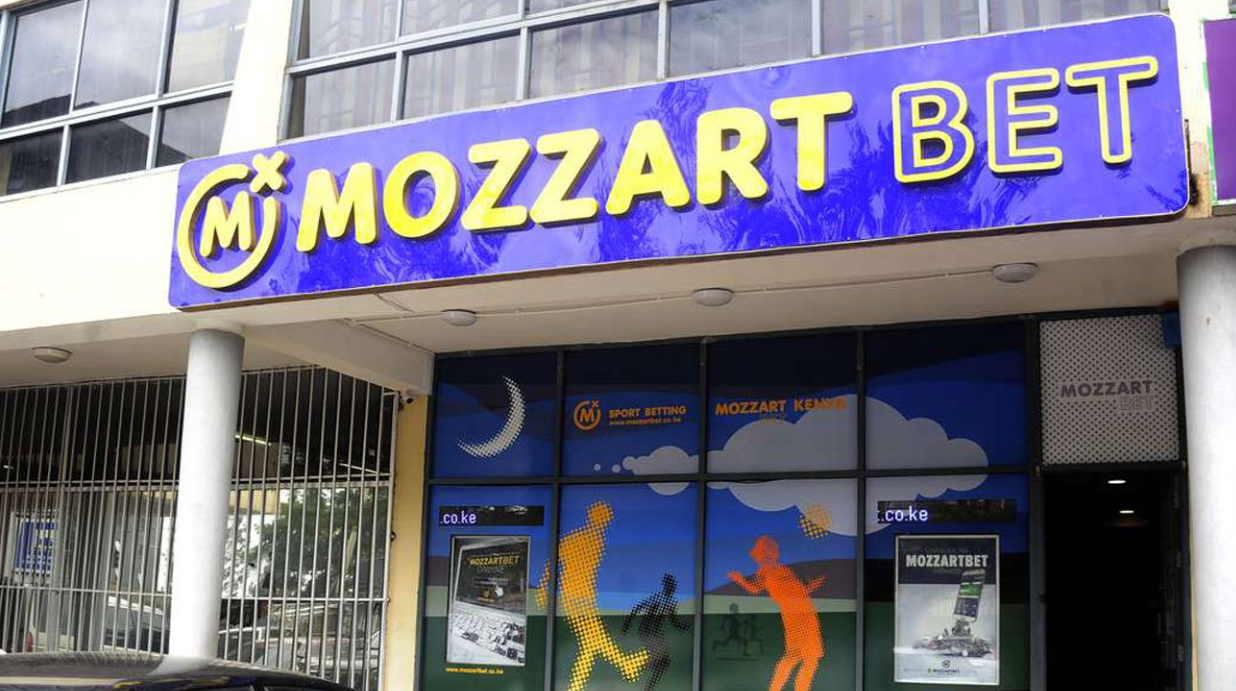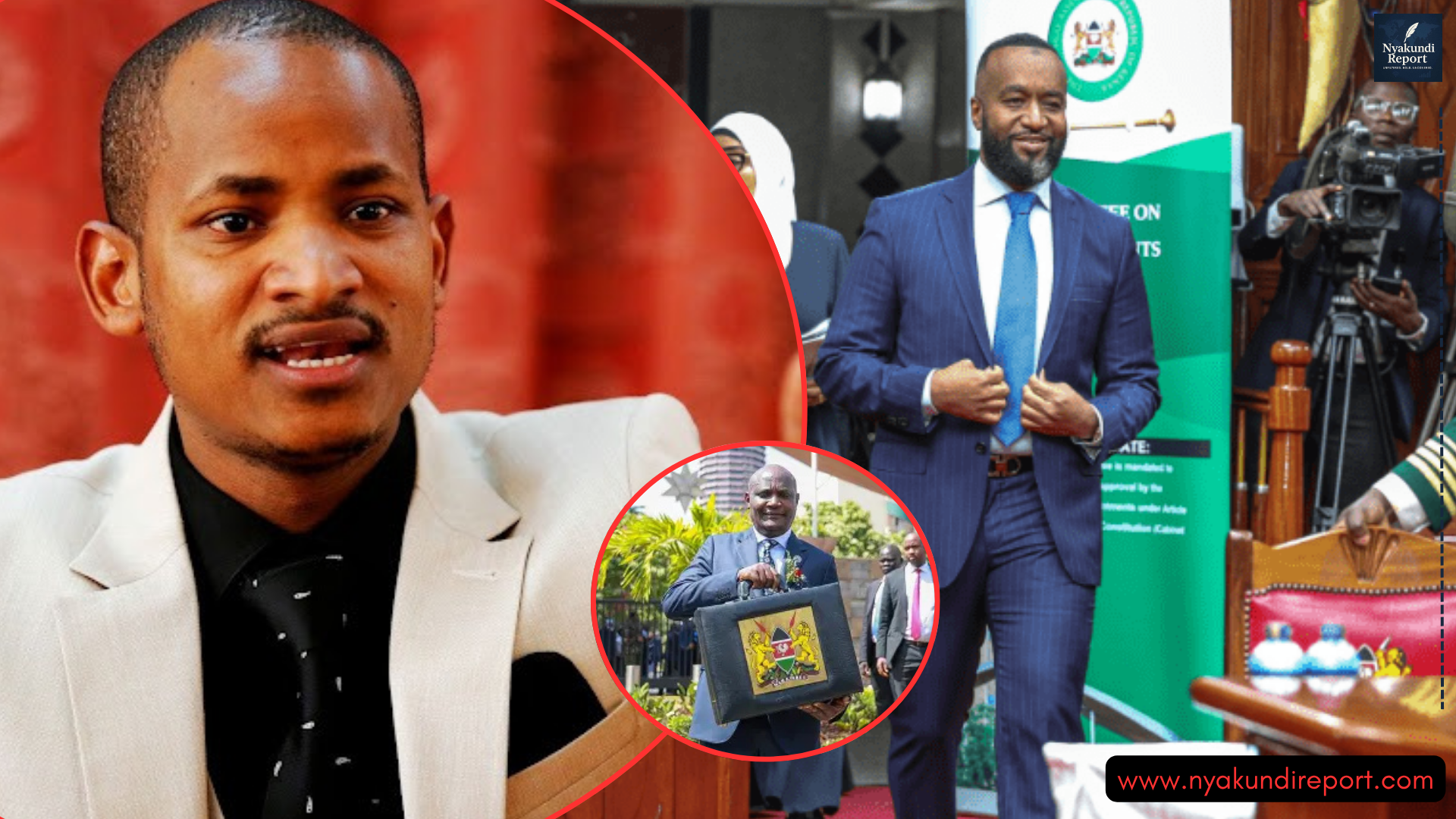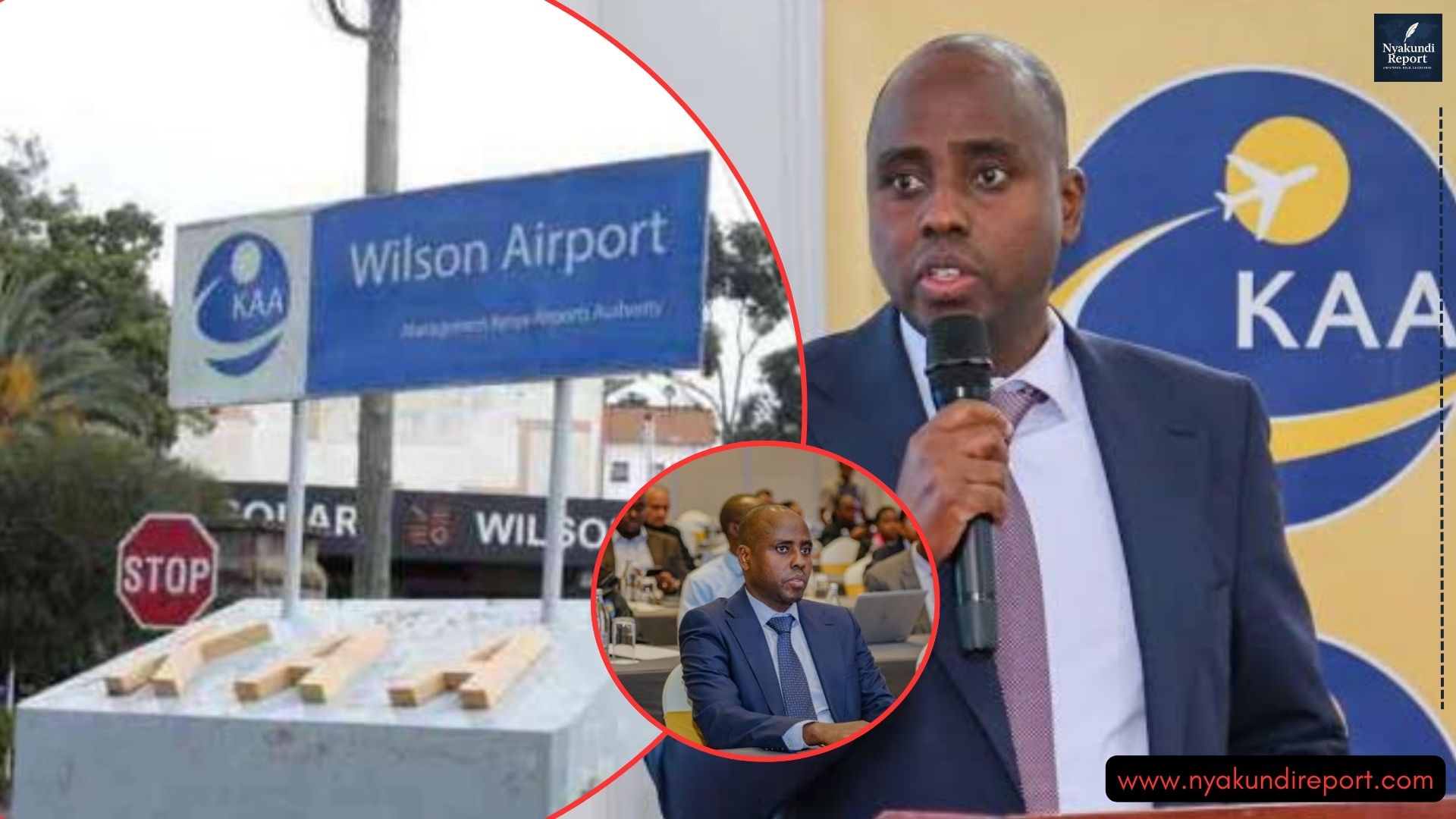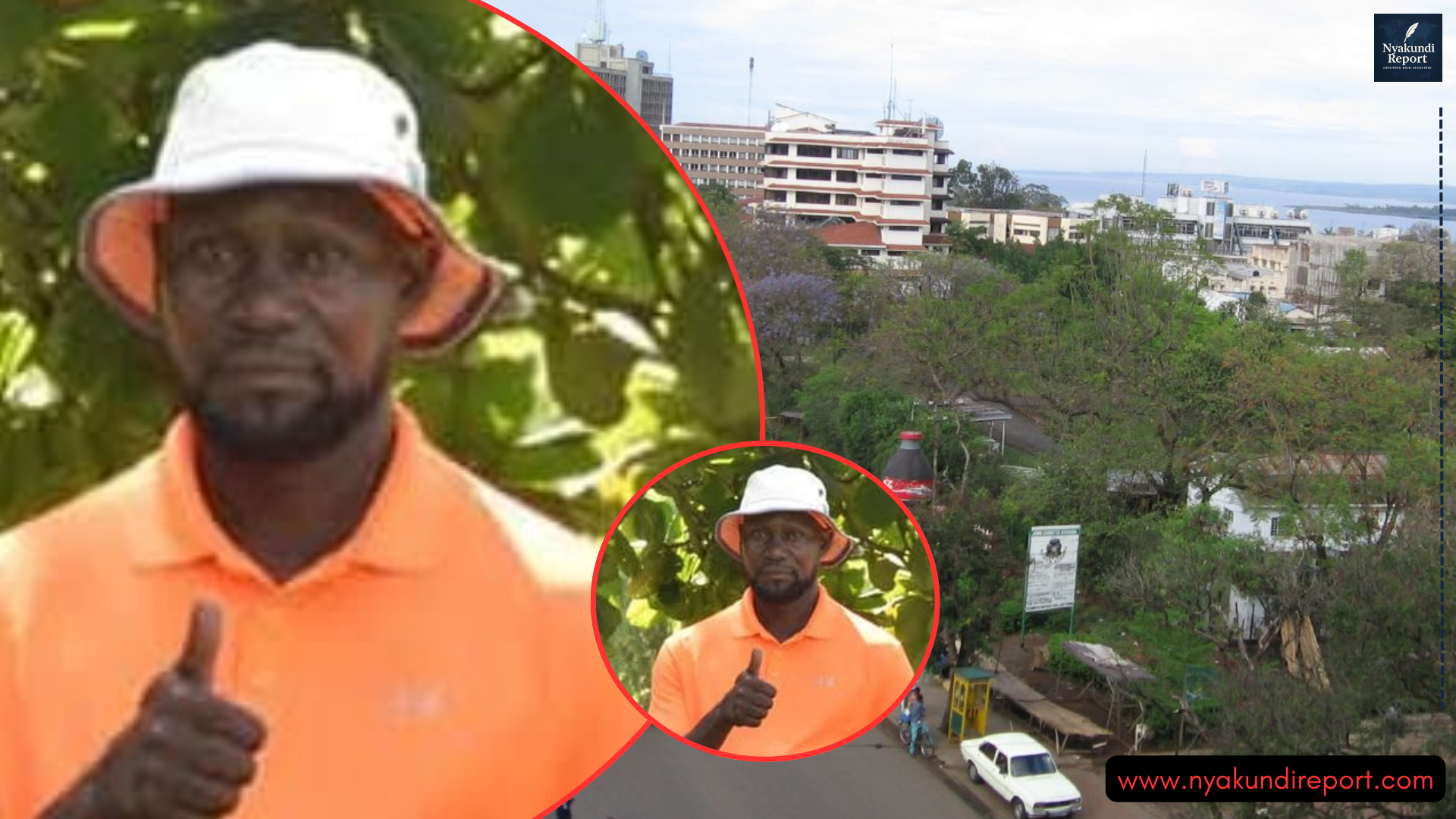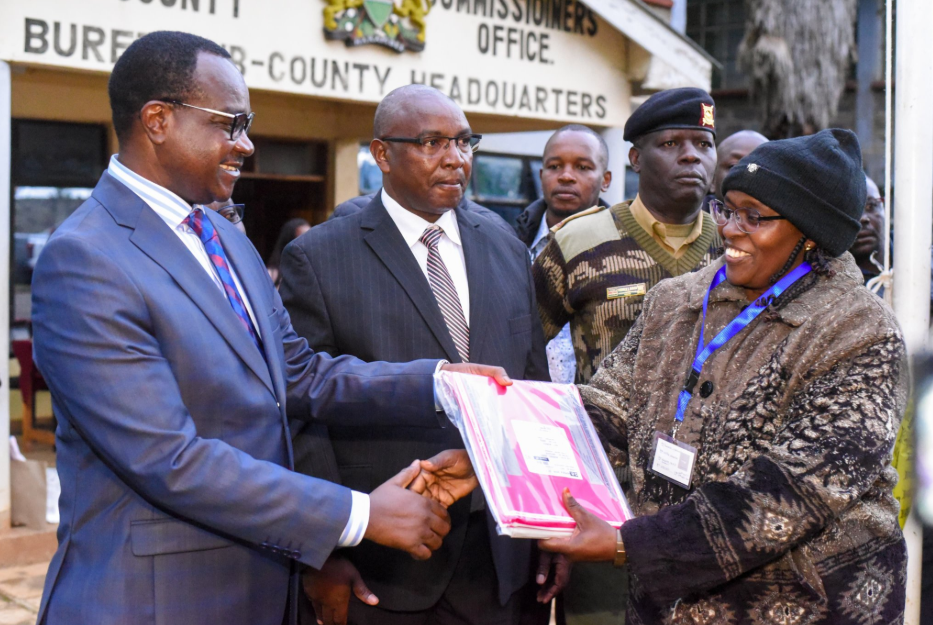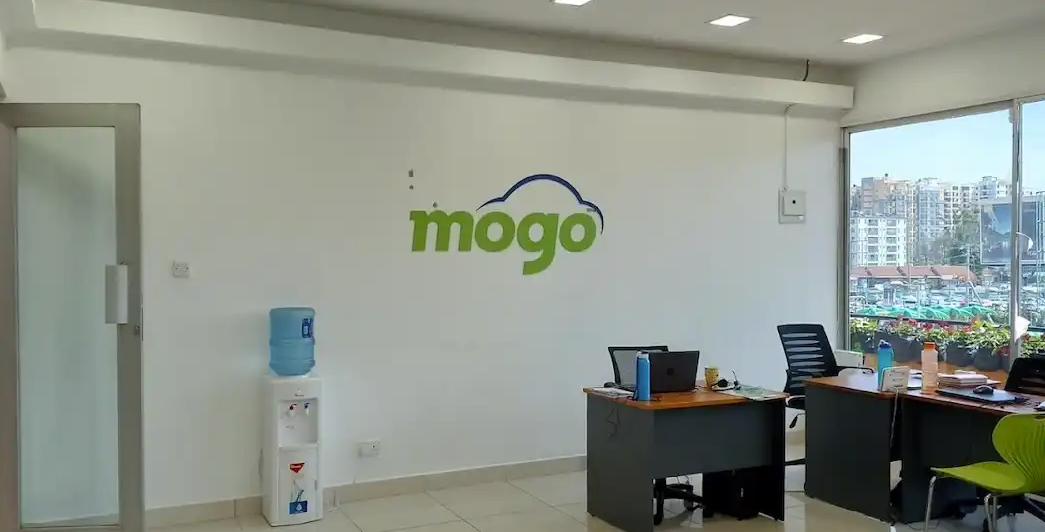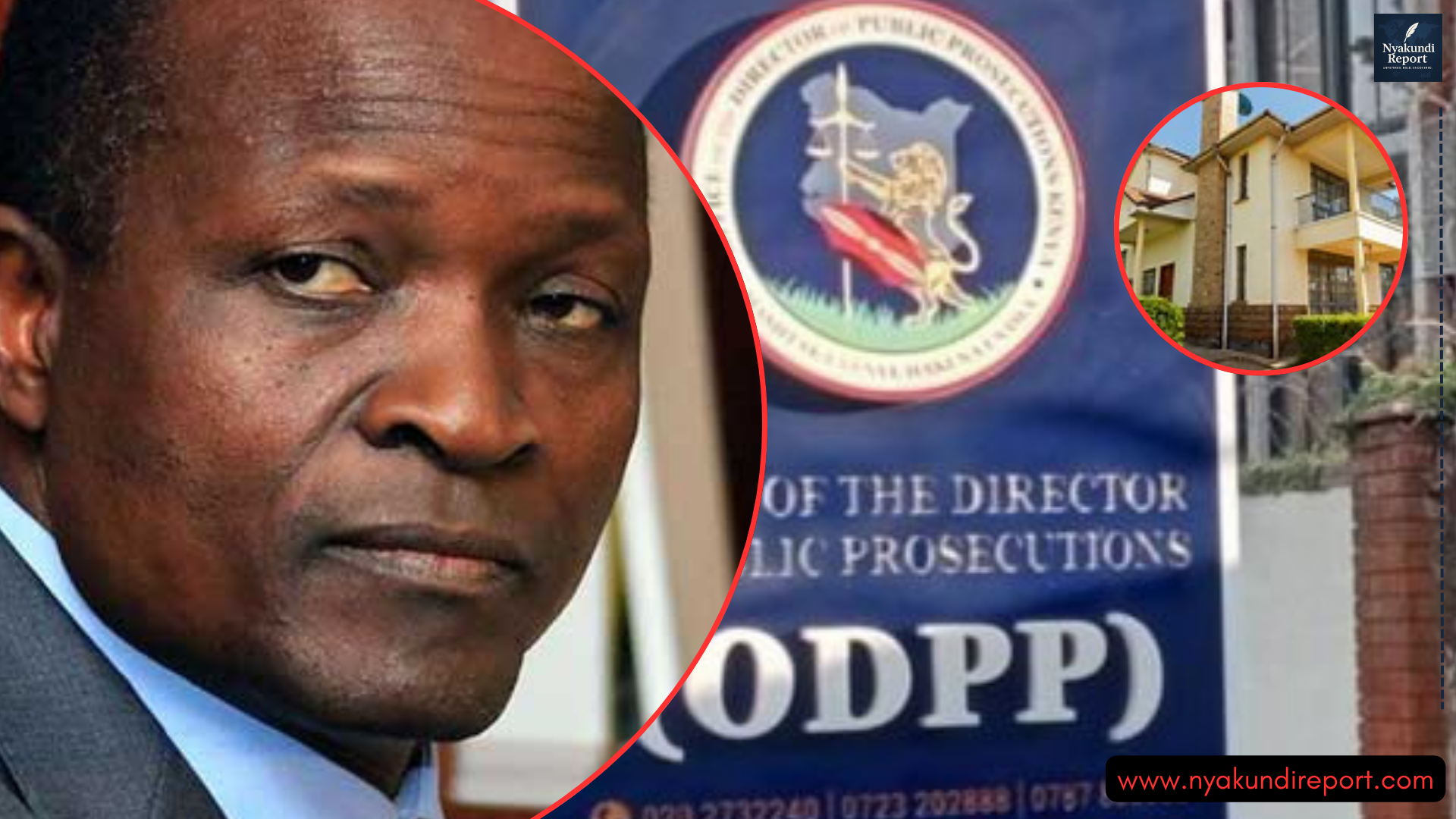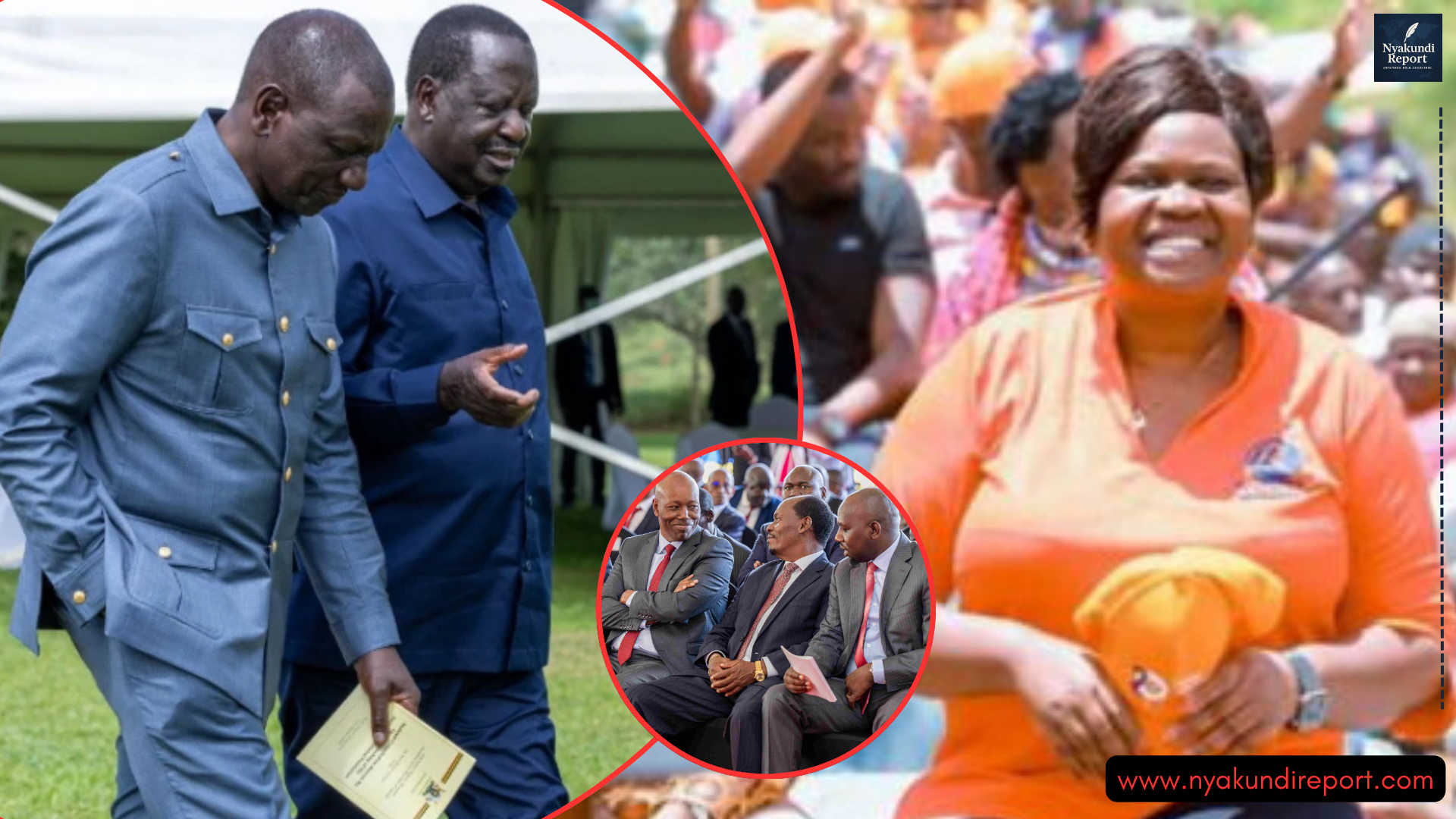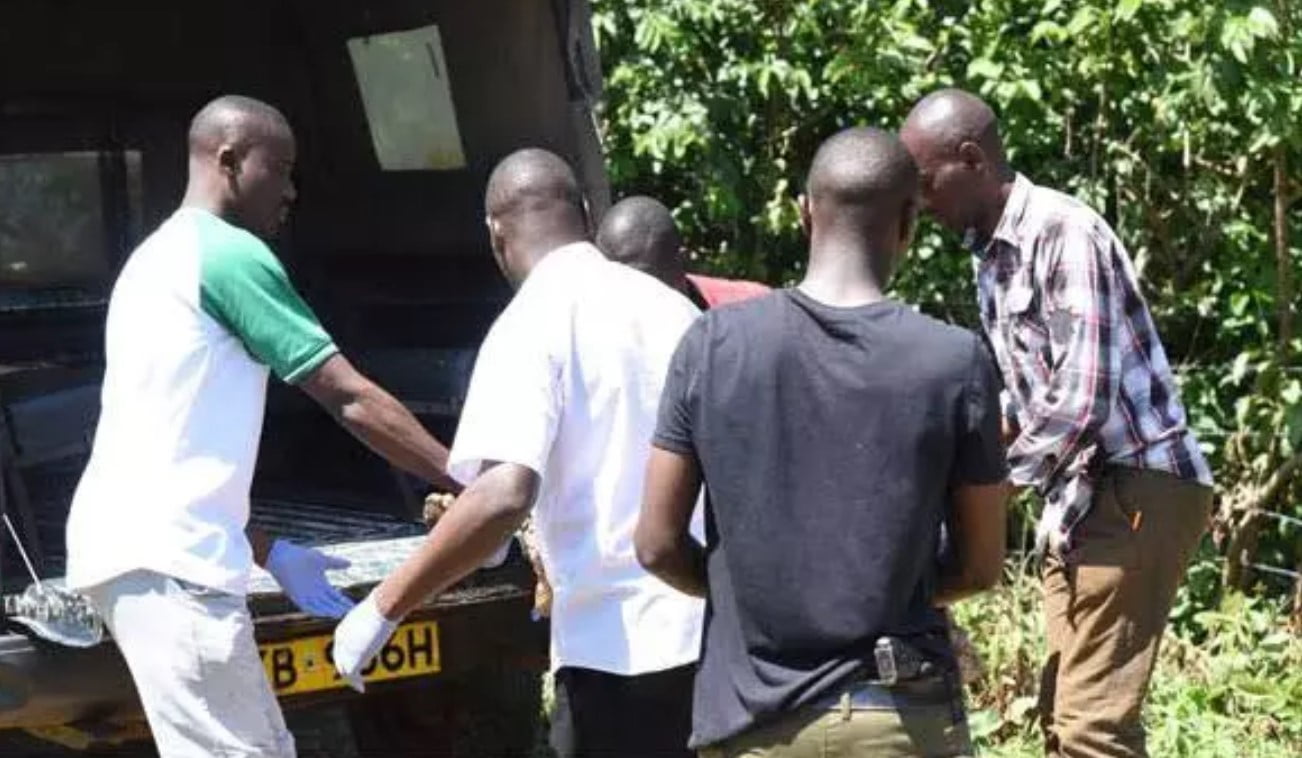Reports from the Kisumu Shipyard, where Kenya Shipyards Limited is undertaking the construction of a ferry for Kenya Ports Authority have painted a picture of a project riddled with deep frustrations, with descriptions of a site where technical expertise has been pushed aside in favour of a rigid military-style command structure that treats the shipyard more like a barracks than a complex engineering site, leaving workers exposed to unsafe conditions, unpaid overtime, and a leadership culture that values orders over knowledge.
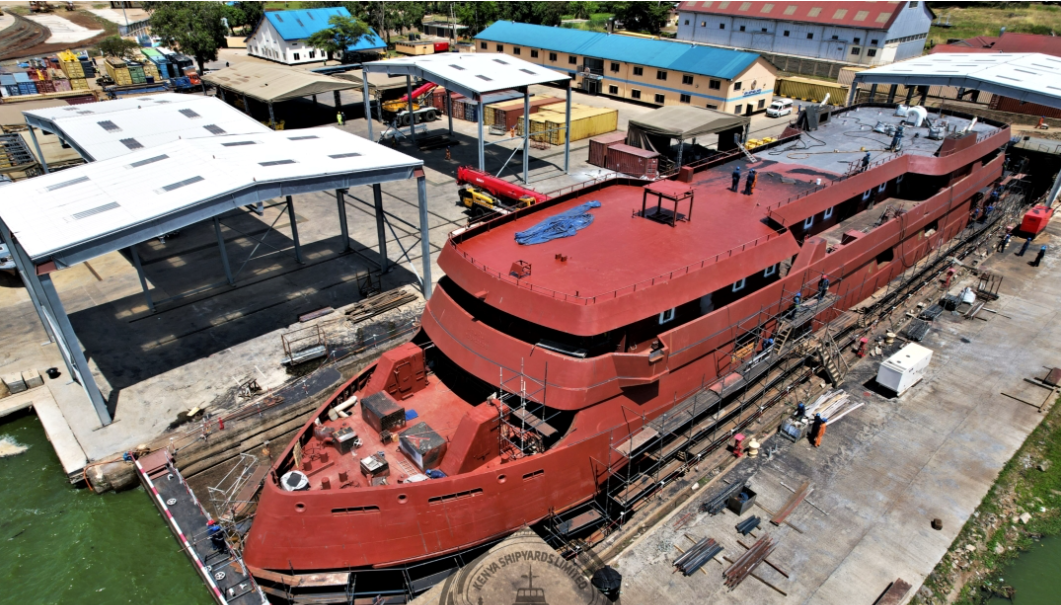
From what is being described by multiple insiders, the head of the project is a Navy officer whose professional background lies in the armed forces rather than in shipbuilding or marine engineering, and whose approach to leadership is said to resemble the running of a barracks more than a specialised construction project, with supervisors who are themselves Navy Warrant Officers receiving instructions without question and passing them down in a manner that leaves little room for technical input or professional debate, despite their lack of subject-matter competence.
Those working under these conditions describe a culture where technicians and civilian staff, who possess the actual skills needed for such a complex construction effort, are treated as casual labourers without proper contracts or medical cover, subjected to long hours and unpaid overtime, and often required to work in confined spaces or at heights without adequate safety procedures, leading to an atmosphere of frustration and resentment given the stakes of the project and the scale of investment involved.
Affected insiders are beginning to question why such a strategically important undertaking, meant to deliver a vital asset for Kenya’s maritime transport infrastructure, is being overseen by military personnel without the requisite engineering qualifications, when there are trained marine engineers in the country who could provide the technical oversight required, and why civilians who carry out the bulk of the work are underpaid while the credit for the project is being claimed by the military establishment.
This combination of poor safety standards, lack of technical oversight, underpayment of skilled workers, and rigid top-down command has created an atmosphere where those involved feel both undervalued and exposed to unnecessary risks, with the result that what should have been a showcase of Kenya’s growing shipbuilding capacity is instead seen by many of those on the ground as a project hampered by inefficiency, mismanagement, and misplaced priorities.
Below is the detailed narration as conveyed by multiple insiders who have worked within the Kisumu Shipyard project, describing in their own words the conditions, leadership approach, and treatment of workers that they believe are undermining both the integrity of the construction effort and the welfare of those tasked with delivering it.
“Hi. Cyprian. Please hide my ID. KENYA SHIPYARDS LIMITED are at it again. There’s an ongoing project at Kisumu Shipyard, construction of a ferry belonging to Kenya Ports Authority which is marred with a lot of unprofessionalism. The head of the project is one Captain Mugai, who is a Navy Captain with zero knowledge in engineering. She is running the site like a military camp; no technical know-how, zero safety, unpaid overtime, and she can’t be questioned because she is a Captain of the Navy. Supervisors are Navy Warrant Officers who know totally nothing in the field. They take orders from Captain Mugai without question because well that’s what the army do; take orders. Technicians are frustrated, working in confined spaces, working at height without following safety precautions, yet they are on casual contracts, underpaid with zero medical cover. Those are just but a few problems. They are many! Why can’t the Kenya Defence Forces bring marine engineers to run such projects and take these incompetent guys back to barracks? Why should casuals be underpaid yet this is a parastatal?Why should the military take credit yet work here is done by civilians?”

